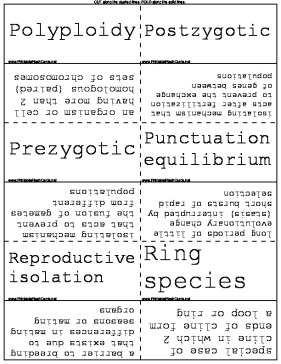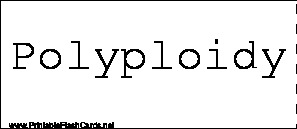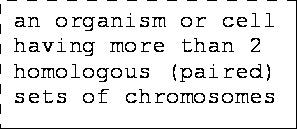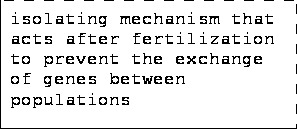

Biologists and anthropologists can use these flash cards to learn about the development of organisms
There are 14 flash cards in this set (3 pages to print.)
To use:
1. Print out the cards.
2. Cut along the dashed lines.
3. Fold along the solid lines.
Sample flash cards in this set:




| Questions | Answers |
|---|---|
| Polyploidy | an organism or cell having more than 2 homologous (paired) sets of chromosomes |
| Postzygotic | isolating mechanism that acts after fertilization to prevent the exchange of genes between populations |
| Prezygotic | isolating mechanism that acts to prevent the fusion of gametes from different populations |
| Punctuation equilibrium | long periods of little evolutionary change (stasis) interrupted by short bursts of rapid selection |
| Reproductive isolation | a barrier to breeding that exists due to differences in mating seasons or mating organs |
| Ring species | special case of cline in which 2 ends of cline form a loop or ring |
| Sequential evolution | occurring in a sequence |
| Sixth mass extinction | mass extinction of species cause by human activity in the past 10 thousand years |
| Speciation | formation of a new species (the result of reproductive isolation) |
| Species | a group of organisms that normally interbreed in nature to produce fertile offspring and belong to the same gene pool |
| Survival of the fittest | a natural process resulting in the evolution of organisms best adapted to the environment |
| Sympatric speciation | speciation occurring where organisms living within the same area are theoretically capable of interbreeding, but cannot because of difference in behaviour eg. Flowering times etc. |
| Variation | a difference in structure, form or function from the recognized norm or standard |
| Vestigial structures | a structure that an organism has lost some or all of its function due to evolution |